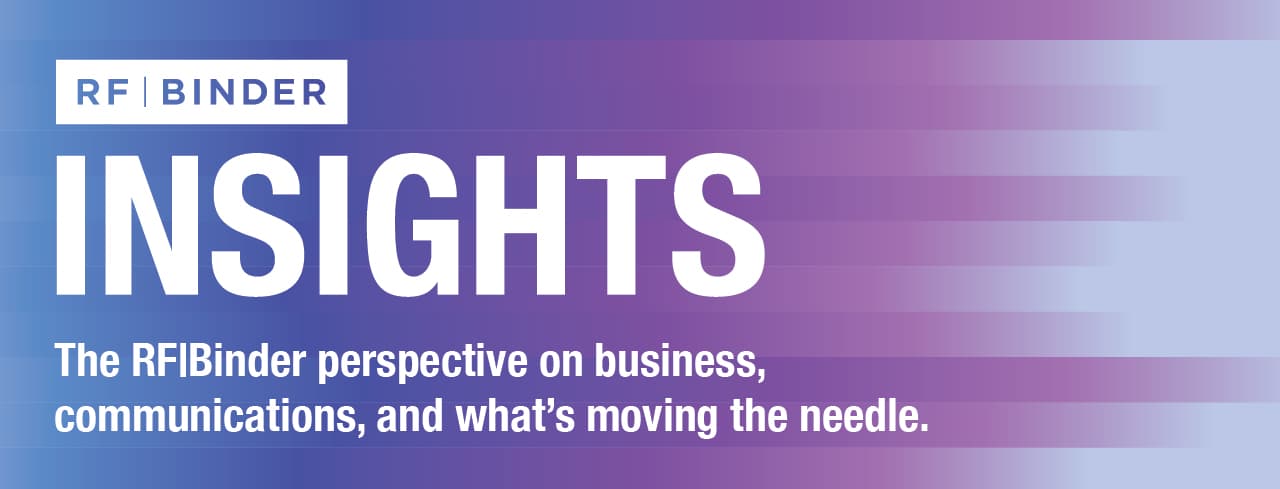The Big Story
Congress Continues to Crack Down on Digital Advertising
In an effort to bring more regulation and transparency to the digital advertising world, a new bill titled the Competition and Transparency in Digital Advertising Act was introduced to Congress by a bipartisan group of high-ranking US senators. This bill aims to prevent any business that receives more than $20 billion in digital ad revenue from owning a demand-side platform (DSP), sell-side platform (SSP), an ad exchange, or any combination of the three.
Google seems to be the biggest target for this bill as they own the largest DSP, SSP and ad exchange used in programmatic advertising, on top of already being one of the largest publishers to exist. Although big tech seems to be the focus of this new bill, smaller ad tech companies could also face regulation and transparency requirements if they bring in more than $5 billion in ad revenue. This transparency requirement would require a DSP or SSP to provide detailed bid-level data to its advertisers and client publishers, which Google has previously refused to provide claiming that it’s a violation of user privacy.
For advertisers and publishers, this passing of this bill could prove to be more of a double-edged sword. On one side, publishers and advertisers will have more insight into ad tech transaction fees with access to log-level data, which has previously been not so clear. On the other hand, breaking up Google and similar companies’ advertising tools could hurt advertisers and publishers by allowing for lower ad quality and the creation of more privacy risks.
Social Updates
After claims of Elon Musk’s Twitter deal being “on hold,” executives at Twitter Inc. told employees that their plans to sell the company to Musk for $44 billion are still on and that they will not renegotiate the agreed upon price of $54.20 per share. News about the deal being on hold broke after Musk tweeted: “Twitter deal temporarily on hold pending details supporting calculation that spam/fake accounts do indeed represent less than 5% of users.” Many believe that this could have been a play to shake up Wall Street with the intention of adjusting the price or walking away from the deal all together. Regardless of the intention, Musk is continuing to keep Twitter and followers of this deal on their toes.
Instagram recently announced their latest test of allowing collectors and creators in the US to share their NFTs on Instagram. The select few collectors and creators in its test group can post NFTs that they created or own on Instagram by linking third-party digital wallets in-application. These NFTs will then be displayed on the app with a special shimmer visual treatment and will provide details about the creator and owner. A similar functionality will be also coming to Facebook as Meta CEO Mark Zuckerberg has previously expressed interest in incorporating NFTs into the Metaverse and their family of apps.
Recently, Mark Zuckerberg announced hiring freezes for specific product teams including commerce, Facebook Dating, Facebook Gaming, Messenger Kids and the Remote Presence team. This sent a lot of individuals to social media, specifically LinkedIn, detailing their experience and reaching out for new job opportunities after having their offers rescinded. According to the Meta team, this decision came as a result of evaluating their key priorities and focusing their efforts on their Reality Labs, which includes the Metaverse.
Digital Updates
Google Gives More Control to Users
With the ongoing effort to allow consumers more control and transparency over their ad experience, Google now allows users to choose which specific brands they want to see more of when searching online via My Ad Center. Users can set this specifically for individual Google experiences like YouTube, Search and Discovery. For transparency purposes, Google will now provide a new ad detail feature called “Advertiser Identity Verification (AIV)” replacing the previously used “About this Ad” feature. With AIV, users can see who paid for the ad and what categories were used to show them the ad as soon as it appears. For advertisers, this could shape up to be a win as this will likely increase engagement and reach by now showing to users that are genuinely interested.
YouTube has been stepping up their brand safety game in a way that will make advertisers happy. YouTube is consistently on a mission to strengthen advertiser trust of the platform after several incidents that put brands at risk for showing next to controversial content. These new brand suitability tools will allow advertisers to apply brand safety categories similar to other Google properties. They will also show advertisers how certain brand safety guard rails may impact reach. This comes as a result of an industry wide effort to improve upon brand safety without negatively affecting reach and ultimately ad revenue.

